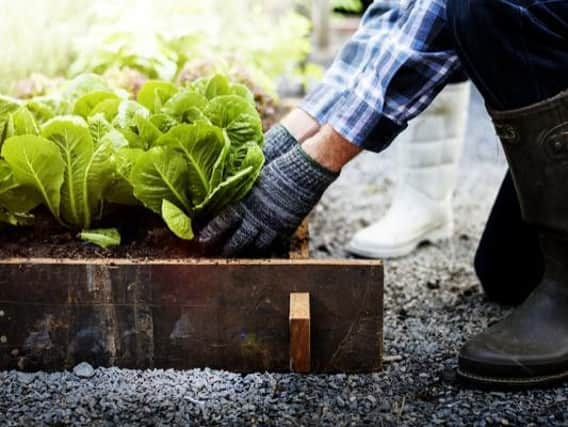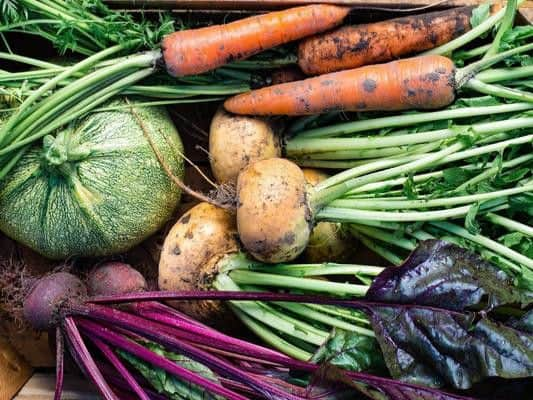How to grow vegetables in the South of England


With often a milder, sunnier climate than elsewhere in the UK, the South of England is a great place to grow your own vegetables.
According to Consumers’ Association, Which?, cultivating a vegetable patch of your own is easier than you might think.
Advertisement
Hide AdAdvertisement
Hide Ad“To get started, all you need is a couple of pots or a patch of soil and you can make a contribution to your family's five-a-day portions of fruit and veg,” advised Which?.


What should I try to do when growing my own veg?
Grow crops which are compatible with each other at the same time is more likely to reap richer harvests.
Crops which can be grown together include:
Legumes (peas and beans), the onion family, including garlic, leeks, onions, shallots and spring onions; roots and tubers, including carrots, parsnips, beetroot, potatoes and tomatoes; and the cabbage family, including Brussels sprouts, cabbages, pak choi, radish, cauliflowers, swedes and turnips.
Crop rotation
Rotation helps you avoid planting the same crop in the same bit of ground to stop root diseases building up.
Advertisement
Hide AdAdvertisement
Hide AdIt also helps you to make the most of resources such as manure, which is only needed for certain crops but not for others.
Green vegetables require regular watering so can be separated from less thirsty root crops.
Lettuces are usually grown with cabbage family crops as they need regular watering, but veg like rhubarb and asparagus grow better outside of crop rotation beds.
What to avoid
- Don’t tread soil from one bed to another
- Keep your tools clean between use. This will help keep soil healthy and reduce the likelihood of the spread of pests and diseases.
Winter allotment tips
Advertisement
Hide AdAdvertisement
Hide AdIf you grow your veg in an allotment, here are the best ways to help your veg thrive during the winter months, according to GardenBuildingsDirect.co.uk.
Clear up
Weed, rake fallen leaves and remove the remains of summer crops in preparation.
Aid crops
Apply a layer of compost or manure to give allotment beds a nutritional boost in the winter. Move any vulnerable species into safe storage before bad weather hits.
Harvest
Pick Brussels sprouts from the bottom up. Only pick parsnips after the first frost - the drop in temperature gives them their sweet flavour by turning starches into sugars.
Check equipment
Advertisement
Hide AdAdvertisement
Hide AdCheck if any of your tools need fixing or replacing and do so before the spring and summer months.
Water
Don’t forget to water soil and any winter plants - even if the temperature is low. Take the watering can around the plot if it hasn’t rained for a while.
The most cost-effective veg to grow in your garden
According to Anglian Home Improvements, these are some of the most cost-effective vegetables to grow in your garden.
Tomatoes
Tomatoes don’t require much space to grow and are a good option for smaller gardens and balconies. They take only 12 weeks to grow, and the same plant can continue to produce fresh tomatoes for up to six years.
Curly kale
Advertisement
Hide AdAdvertisement
Hide AdKale is healthy, great to cook with and the seeds are cheap to buy.
Asparagus
Although asparagus can take up to two years to be ready for harvest, the same asparagus plant will continue to produce the vegetables for up to 20 years, saving you a lot of money over the years.
Broccoli
Similar to tomatoes, broccoli grows quickly, taking eight to 12 weeks until it’s ready. Each plant will offer you around two pounds of broccoli.
Potatoes
One potato plant will produce nine potatoes and with the average four-packet of potatoes in a supermarket costing around £1, an average seed pack with five seeds grows 45 potatoes for around £1.50.